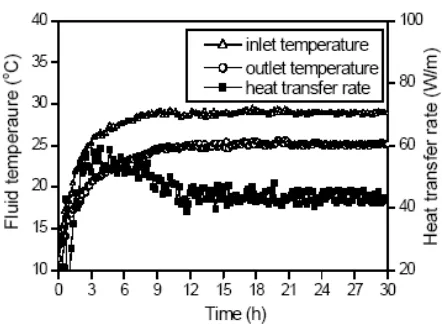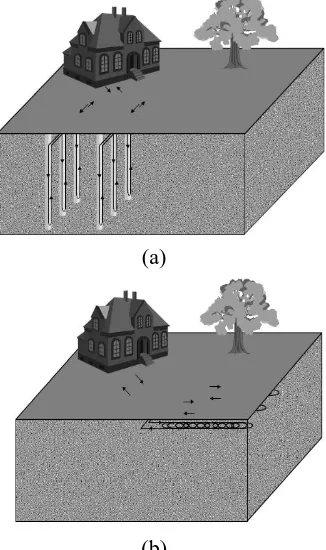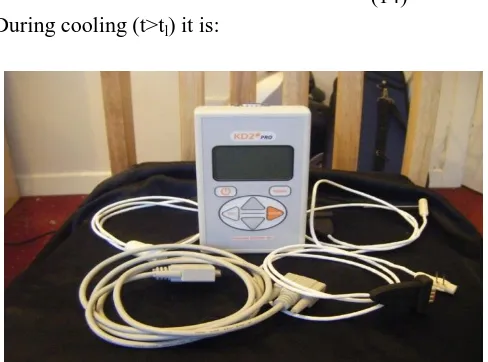Geothermal Energy Used in Buildings Heating and Cooling
Full text
Figure




Related documents
As well as in table 5, when type of the components of inventories was mixed, then, some of the variables had mean values after imputing more close to the real value when 10% of
(…) se enmarcaba en la interpretación filosófica de la Razón Vital y era un ejemplo de su aplicación a la circunstancia histórica de aquel momento; por otro lado,
All of the hypothesized outcomes were supported: greater preference for high intensity exercise and greater tolerance of high intensity exercise predicted better WOD performance
Children with ADHD don't handle change well, and having predictable routines can make them feel safe as well as help improve behavior. Give your child a few minutes warning — with
Aplikace DVBinfo odchytává postupně PSI/SI tabulky ze všech dostupných DVB adaptérů, získává data potřebné k implementaci MIB souborů a tyto data ukládá v XML
• User programmable DFS2x encoders allow the user to configure resolution, zero pulse phase, zero pulse position, and output electrical interface. • Flange, hollow shaft, and
On the basin-scale, the evaluation of the water budgets from different combinations of widely used data sources for pre- cipitation, evapotranspiration, runoff, and water
Our results obtained by motion analysis depict a significant decline in the percentage of motile spermatozoa (P<0.01), percentage of spermatozoa with progressive





